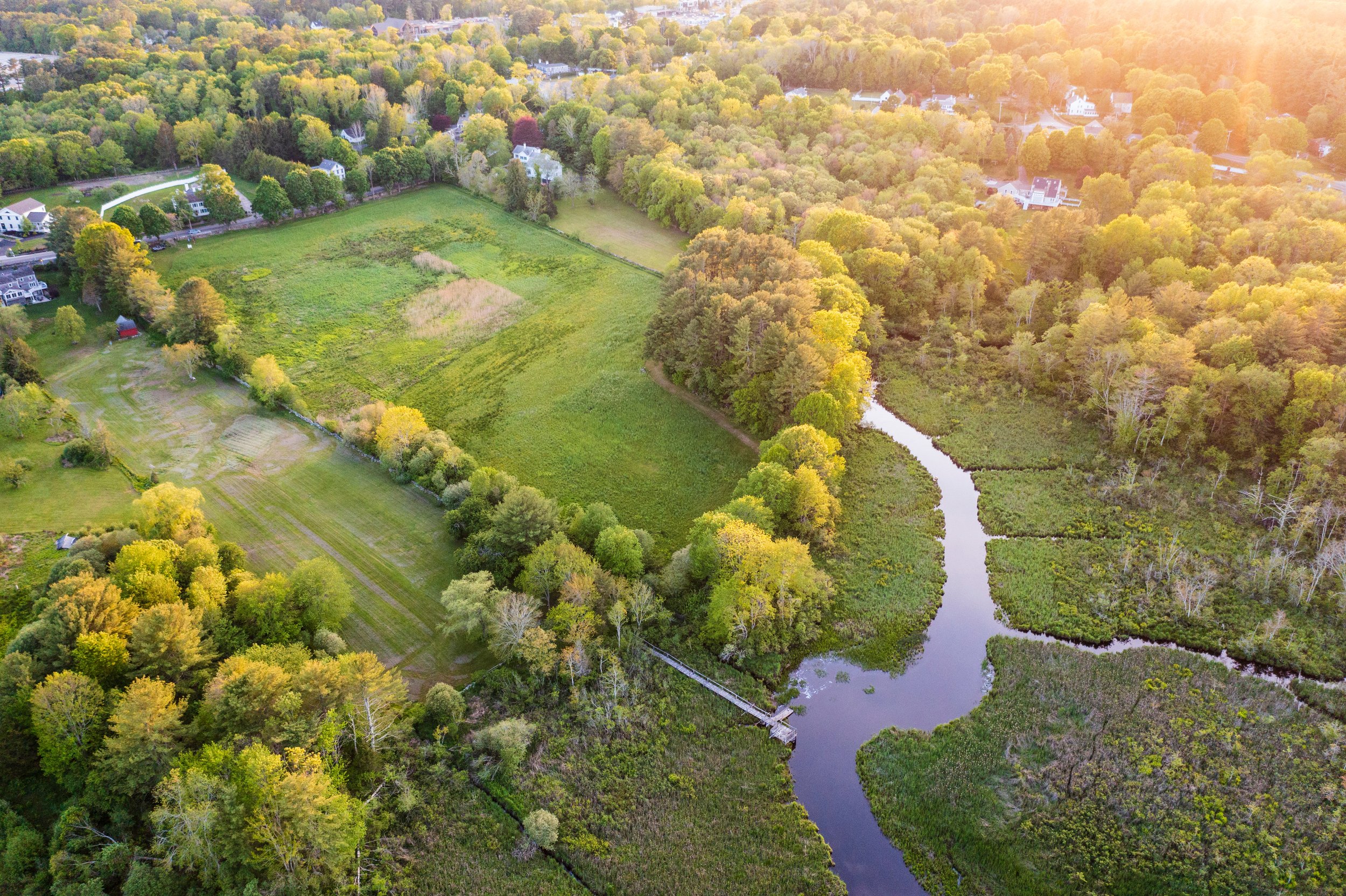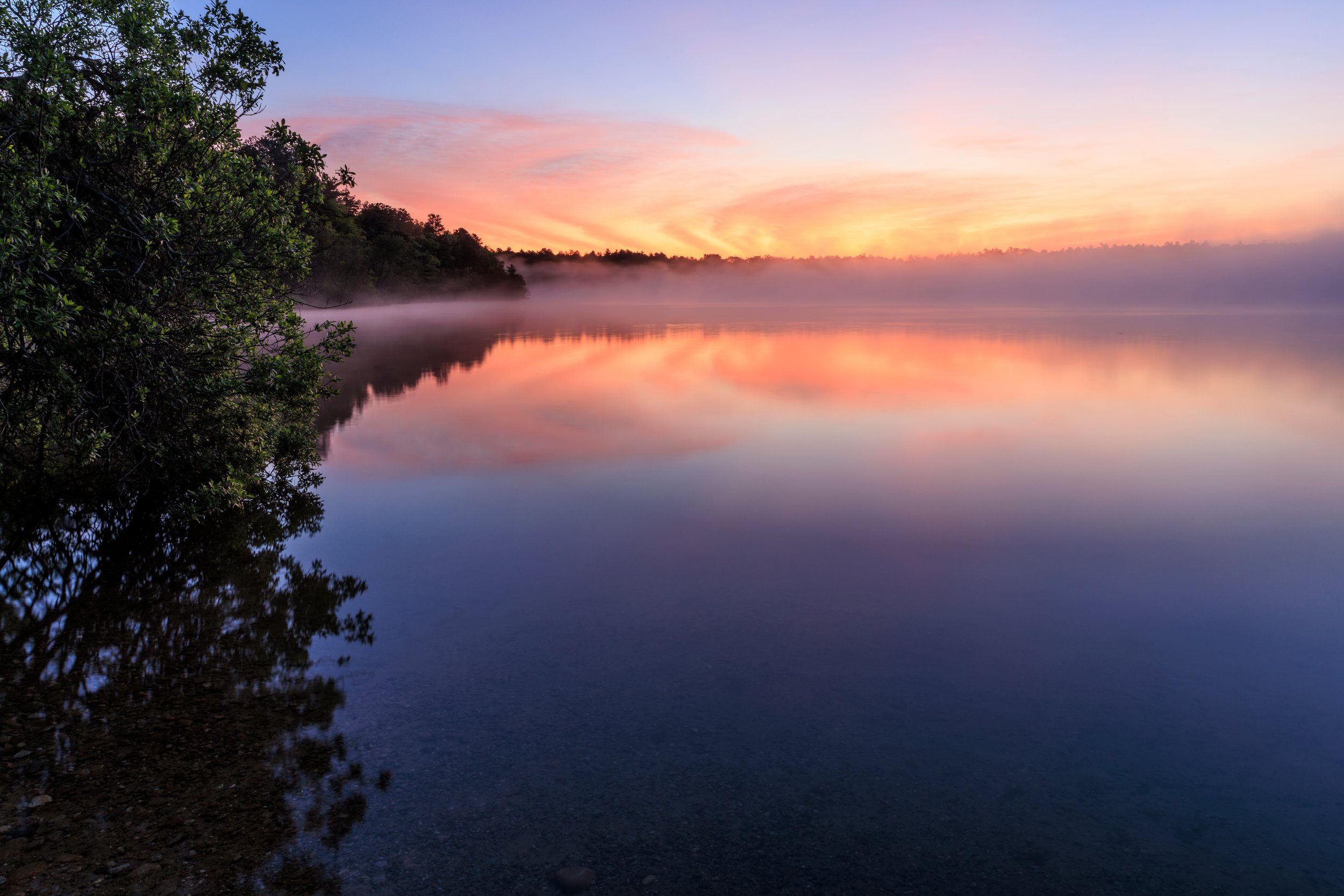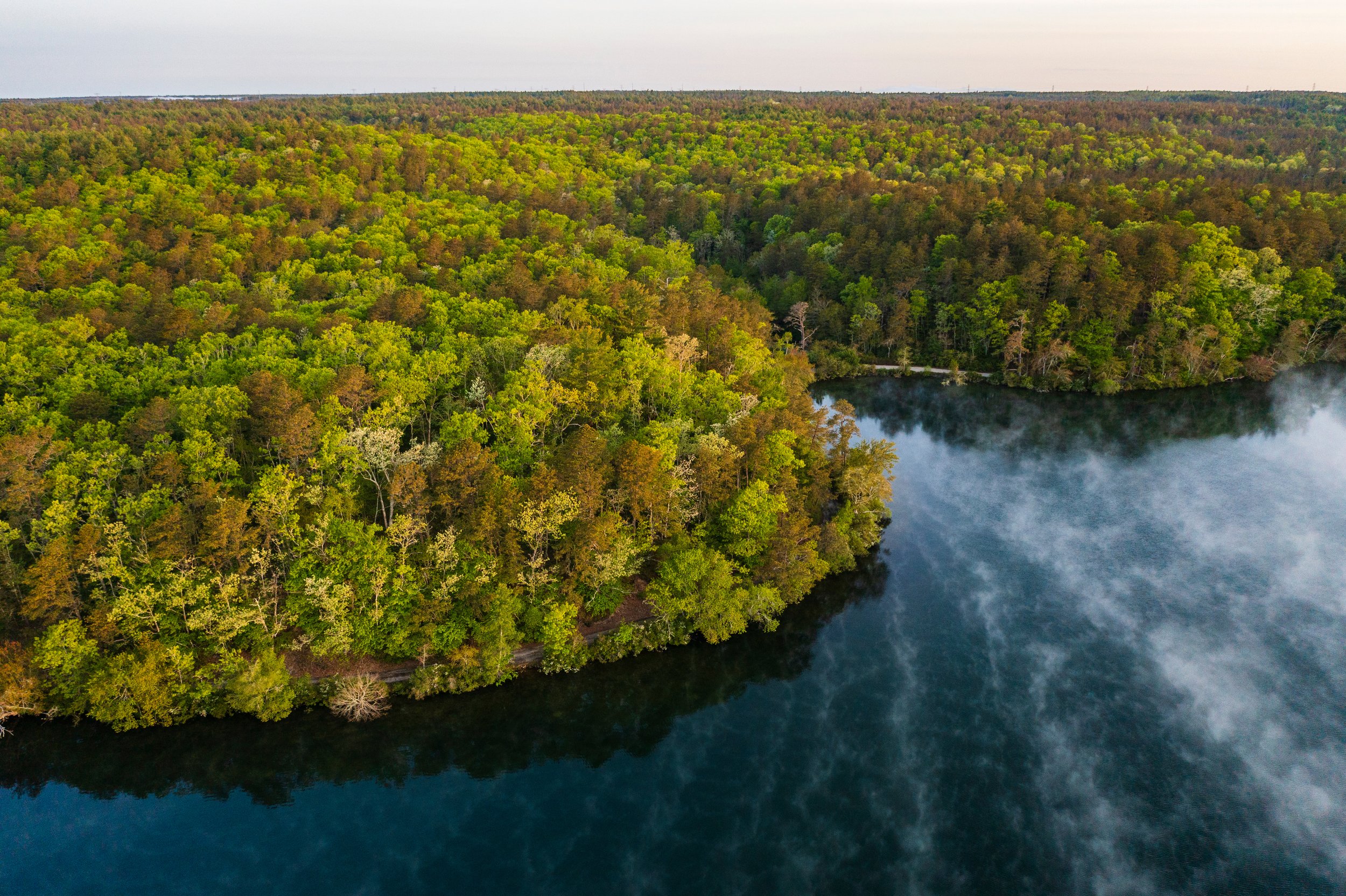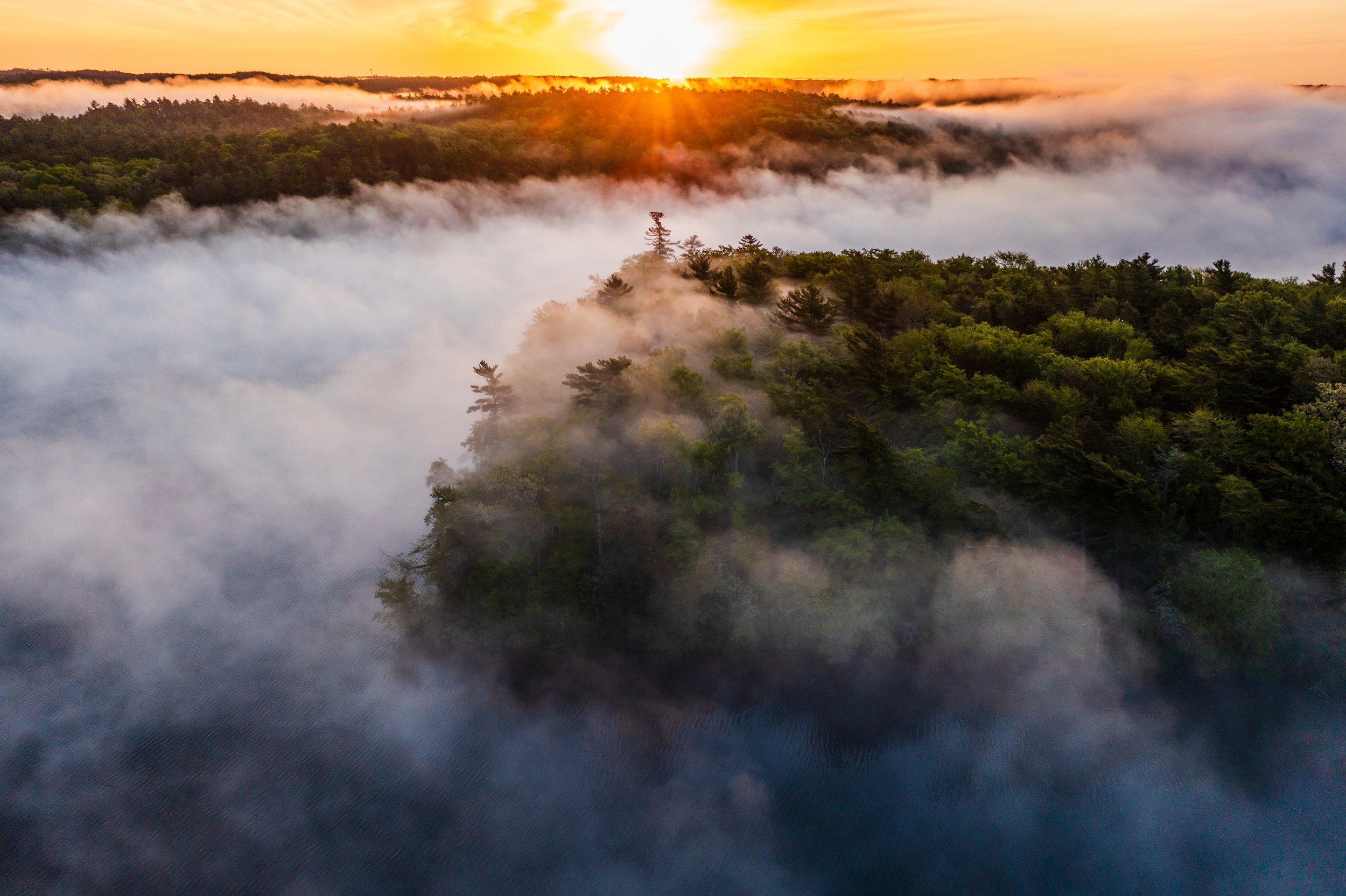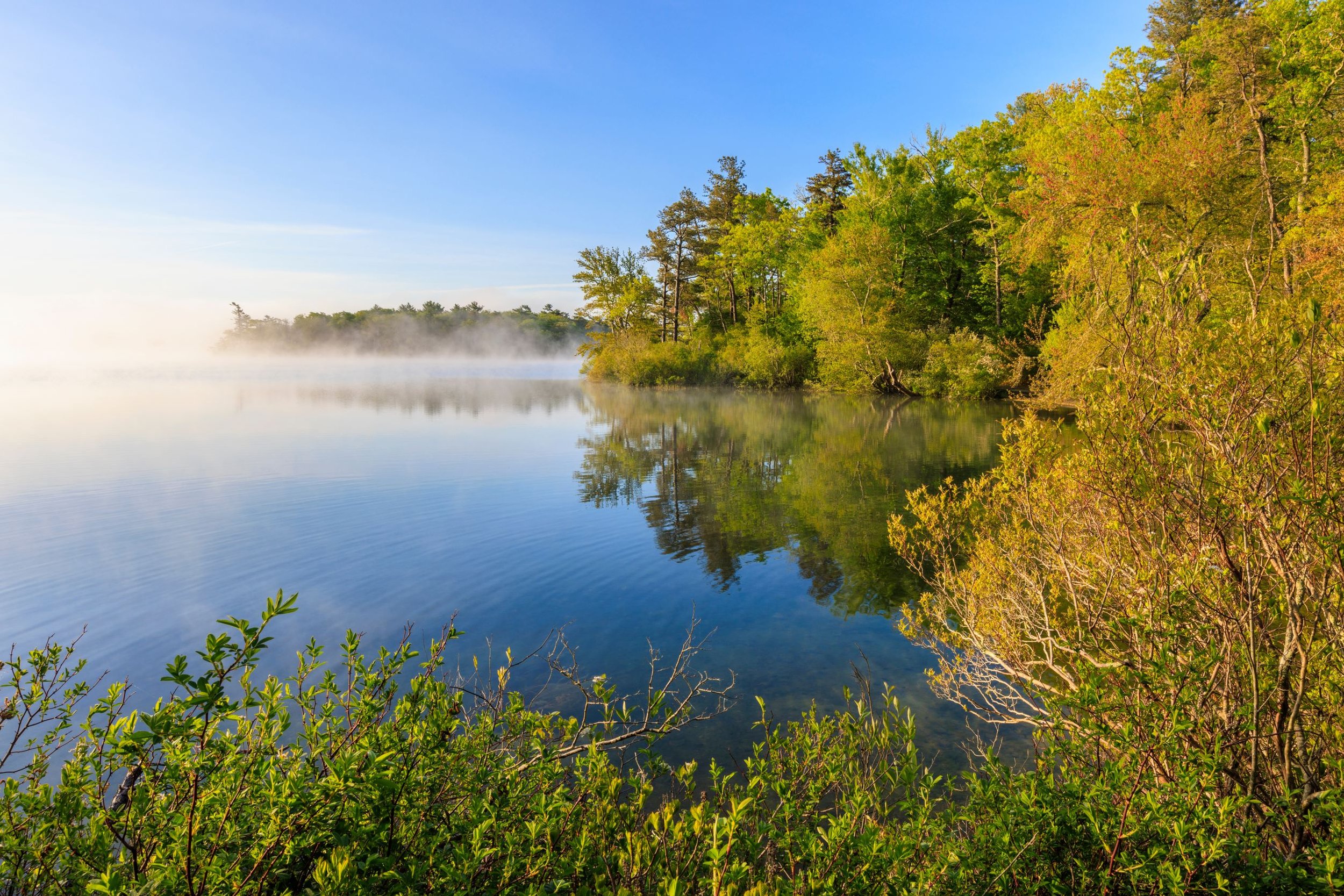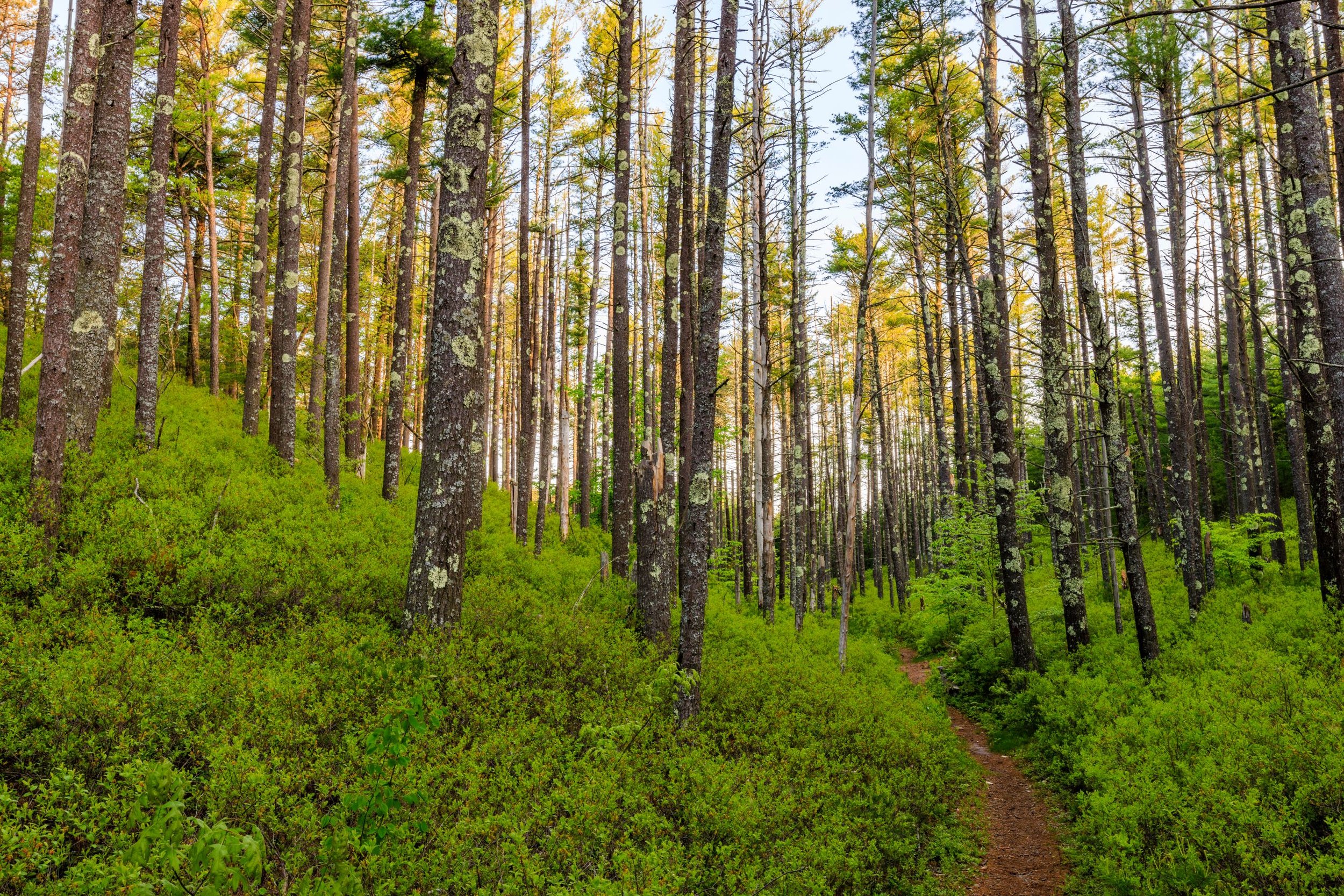By Thomas Patti, Communications Coordinator
Crystal Spring Preserve in Plainville.
Crystal Spring Preserve, our first property in Plainville, is officially OPEN!
Wildlands Trust’s acquisition of this special place came in late 2022 after a 20-year partnership with the land’s previous caretakers, the Crystal Spring Center for Ecology, Spirituality, and Earth Education. Learn more about the preserve’s rich human and natural history at our property webpage here.
TRAIL MAP AND PROPERTY DESCRIPTION: CLICK HERE
Crystal Spring Preserve.
Preparing the property for public access took the sustained effort of our extended stewardship team, including staff and faithful volunteers. Between February and May, three volunteer workdays moved the preserve incrementally closer to its current accessible state. Thank you to all the volunteers who came out to help us take this huge step in expanding our regional land conservation portfolio!
As is the case for many of our properties, “stewardship” at Crystal Spring Preserve goes far beyond clearing trails and removing debris. In addition, we are entrusted with less tangible, though equally critical, resources—a story we hope to carry on, and a vision we strive to sustain. Sister Barbara Harrington, Sister Chris Loughlin, and the entire Crystal Spring Center team saw the property as a place for both children and adults to get in touch with their spiritual connection to nature. Evidence of this philosophy can be found throughout the preserve, as well as in the passionate words of all who engaged with the Crystal Spring Center. Preserving these stories is paramount to our effective stewardship of the land.
Volunteers at our April workday explore the Meditation Circle, a former education site of the Crystal Spring Center for Ecology, Spirituality, and Earth Education.
“[The Crystal Spring Center] invited Wildlands Trust into a dream,” said Sister Barbara. “It became a mutually enhancing relationship. We then became part of your dream, too. And something new and really quite wonderful has ensued.” (Watch Sister Barbara and Kathy McGrath speak about Crystal Spring Preserve for our 50 Years, 50 People series here.)
During our April volunteer day, the stewardship team came across several trail signs from the property’s Crystal Spring Center era. After sitting on the forest floor for years, these painted wooden planks and stumps had seen better days. But the care and devotion that had been spent on their production were instantly clear. “Insects have searched for sacred spaces on Earth for 395 million years,” reads one sign adorned with ants, bees, and butterflies. The Wildlands team brought these signs back to our Plymouth headquarters to restore them to their former glory before returning them to the Crystal Spring trails.
Sister Barbara Harrington (fourth from right) and the Wildlands stewardship team display well-worn trail signs at Crystal Spring Preserve.
This project and others will help us uphold our obligation to holistically preserve the land—trees, ponds, stories, and signs alike. Stay tuned for updates.
See you on the trails!







